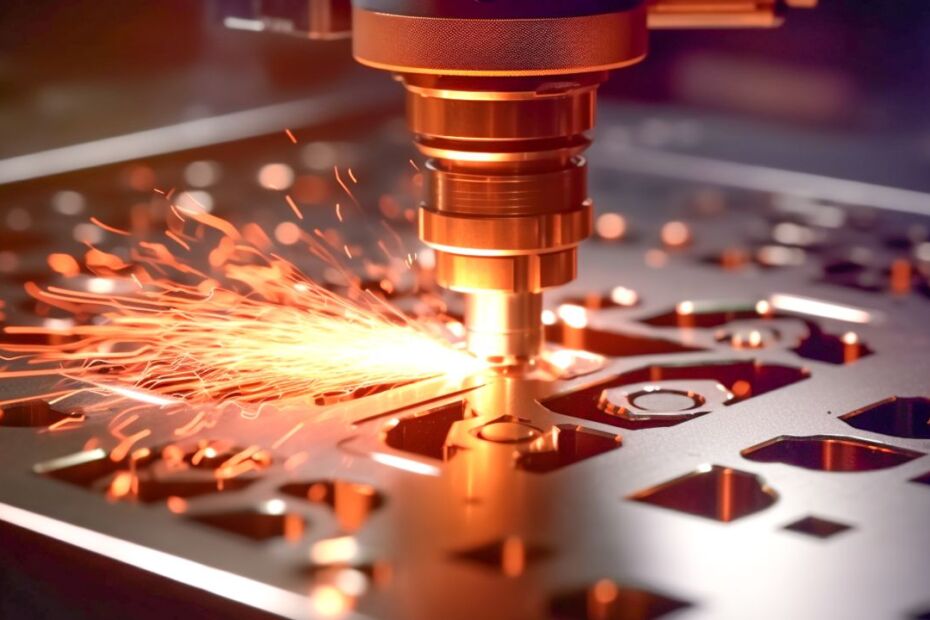Metal fabrication is integral to architectural design and construction. This process helps designers create attractive and durable structural elements that elevate a building’s design. You can combine aesthetics, quality, and longevity with metal fabrication. Here are some ways of enhancing architectural design with metal fabrication.
The Importance of Choosing the Right Metal
Metals possess distinct characteristics, making them suitable for many applications. These attributes can influence a project’s success, so architects, builders, and metal fabricators must collaborate to use the best materials for projects.
Steel: The Backbone of Building
Steel is an iron and carbon alloy that is common for creating support beams and columns. The construction of skyscrapers and bridges relies heavily on steel for structural frames because the materials can support the weight of the structure endure and environmental factors, such as wind.
Aluminum: Artful and Lightweight
Aluminum is also popular in architectural design. It’s an excellent substitute for steel because it is lightweight but durable. This corrosion-resistant material is common in cladding and curtain wall systems, imparting a clean, modern façade to commercial buildings.
The iconic Apple Park in Cupertino, California is a great example of aluminum in architectural design. It features curved glass panels framed by custom aluminum extrusions. This stunning feature gives the building a sleek, futuristic, eye-catching appearance.
Brass, Copper, and Bronze: Elegance and Warmth
Multi-hued metals—brass, copper, and bronze—add sophistication and warmth to architecture. Often used to accentuate a building’s features, these materials develop a patina over time, adding depth and character to a structure. Need another example? Take a look at the Statue of Liberty! She was once a glimmering copper beauty and aged gracefully to form an iconic blueish-green patina.
Potential Drawbacks and Considerations
While metal fabrication offers countless advantages and opportunities, you should weigh the potential drawbacks when choosing metals for metal fabrication in architectural design. Designers must consider every factor, from material costs to structural challenges, for a successful project.
Maintenance can ensure the aesthetic appeal and longevity of metal components. Regular cleaning and protective coatings can prevent corrosion and other unwanted effects.
The Impact of Metal Fabrication on Architectural Design
The right metals can make a world of difference in a construction project. They can enhance a building’s structural performance and visual appeal. By understanding how metal fabrication impacts architectural design, architects and metal fabricators can create stunning structures.

